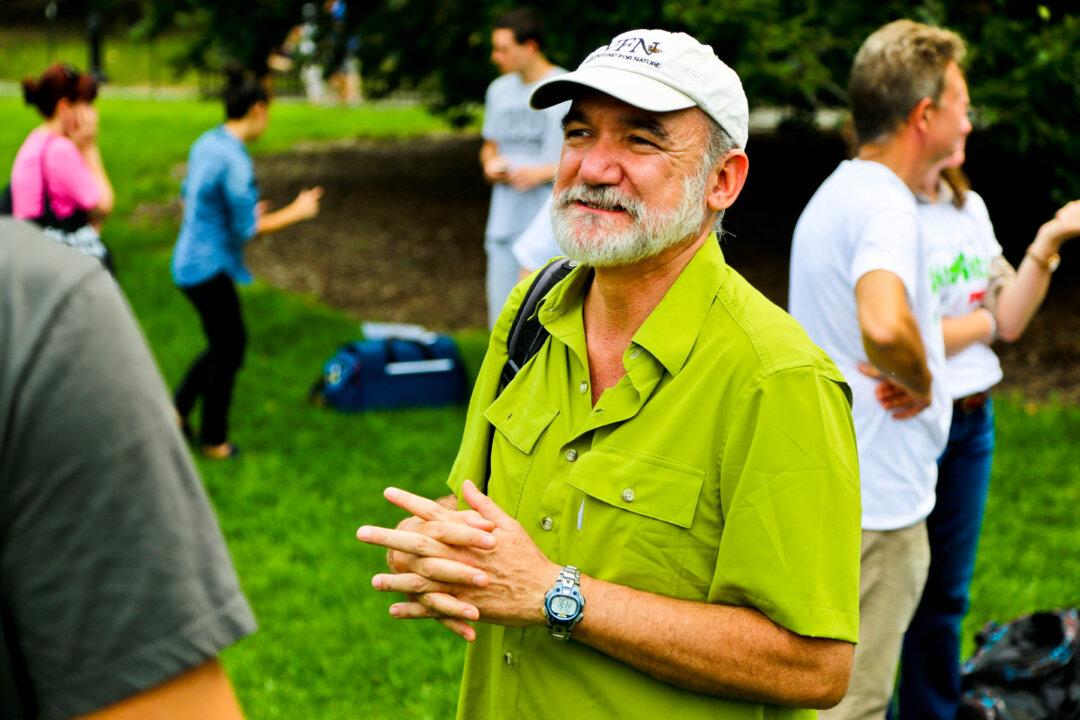NEW YORK—A survey of Central Park’s wildlife is underway, with organizers hoping to find more than 800 species, including bats, spiders, possums, turtles, chipmunks, fish, lichen, and ants.
The 24-hour BioBlitz, organized by the Central Park Conservancy and the Macaulay Honors College at CUNY, enlisted almost 500 sophomore students and around 24 biologists from New York and elsewhere.
Mary Pearl, the associate dean at Chief Academic Officer at the Macaulay College, headed out at 3 p.m. Monday to lead a team of students to count mammals.
They are expecting to find released pets, like turtles, and possibly some feral cats, in addition to dogs, raccoons, rats, chipmunks, and squirrels.
She said she was in the park earlier on Sunday night “casing the joint” with Rodrigo Medellin, a senior professor at the University of Mexico. They saw two species of bats: red bats and big brown bats.
The white-nose syndrome has killed over 6 million bats in the Northeast of the United States since 2006. Medellin is interested in seeing how many bats they can find in Central Park comparing it with the last survey results of 10 years ago.
Medellin uses two methods for finding bats: bat detectors and mist nets. The bat detectors are square devices, similar in size to the first cellular phone. It produces sounds audible to the human ear, after converting the ultrasonic sounds made by bats. Four groups would be using bat detectors during the survey, supplied by Macaulay with a price tag of around $1000 each.
The mist nets are very fine nylon nets that bats find hard to detect with their sonar. A flying bat can be caught in a net suspended between two poles. The nets have slight pockets that act to entrap unsuspecting bats.
Medellin, who is currently taking part in a BBC documentary about his bat research, said there are common misconceptions about bats—that they spread disease and are dirty. But bats, he said, are great for pest control. A single big brown bat will eat 1,000 mosquitoes in one hour. Bats also help to pollinate plants and spread plants.
Other groups headed out to survey lichen, invertebrates, spiders, mollusks, and ants.
Students are using their smartphones to upload their observations to iNaturalist.org, an online community for naturalists.
Macaulay Honors College provided about $20,000, from private funding, and the Central Park Conservancy provided about the same amount.
Pearl said some of the money was used to purchase microscopes and bat detectors, which they will also use during future surveys.
Terri Carta, from the Central Park Conservancy, said she hoped the survey would prove that the park is more diverse now than ever before.
“About 40 million people visit Central Park every year, which is also a stop over for hundreds of migratory bird species, flying the Atlantic Flyway,” she said.
The survey started on Monday, Aug. 26 at 3 p.m. and will continue through the night, finishing on Tuesday at 3 p.m.





